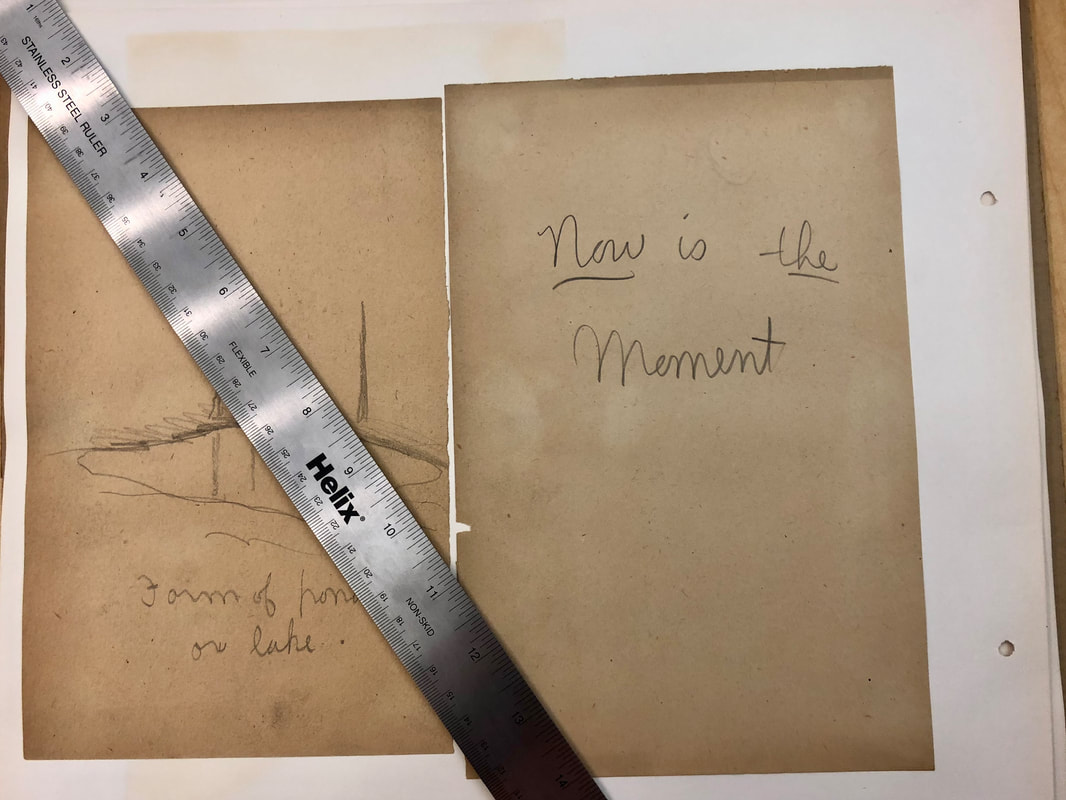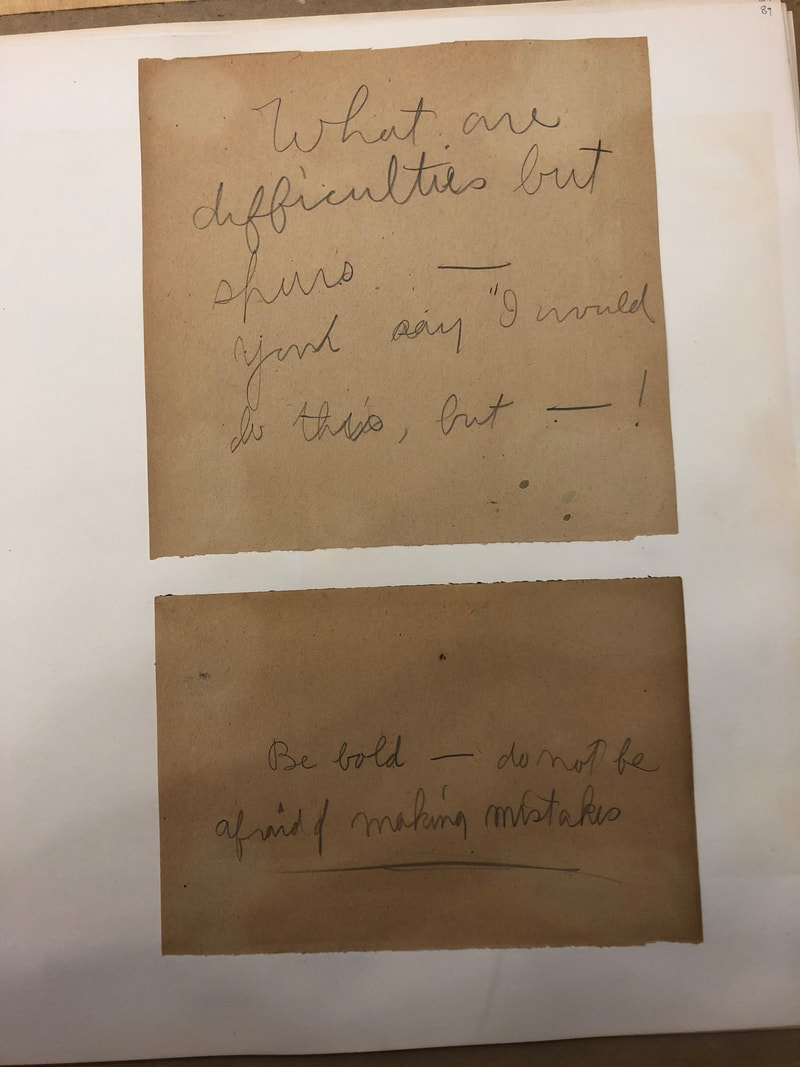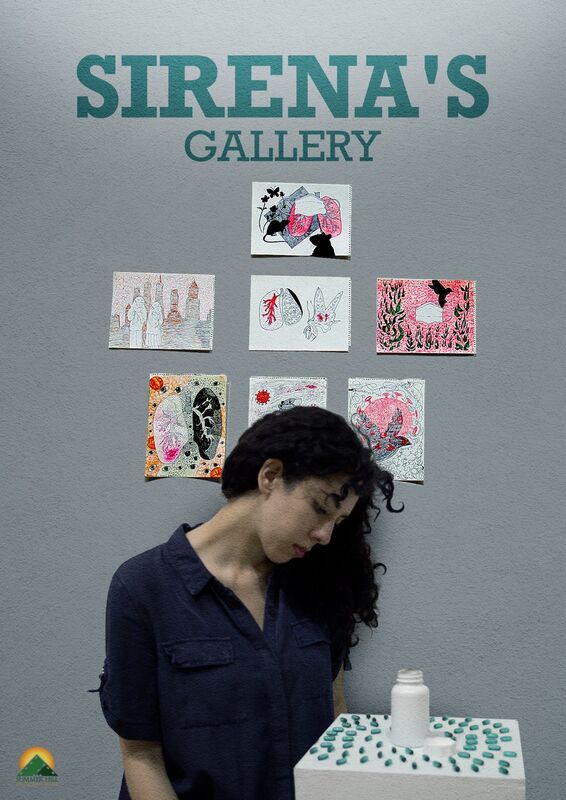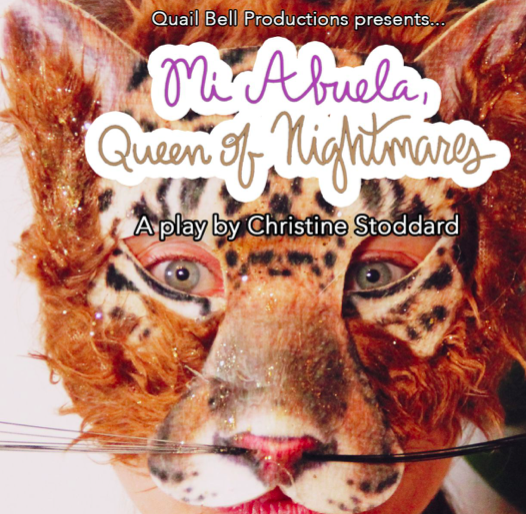|
The Breadcrumbs widget will appear here on the published site.
Mary Oliver once said Walt Whitman was the brother she never had. He died more than 40 years before she was born. What is it about art that can make us feel so close to the artist? The ability of one human being to capture the embodied experience of being human in a way that touches the depths of the observer's soul, that allows them to feel understood by a stranger, is a paradoxical kind of intimacy. The nature of archival work is inherently paradoxical. It is both solitary and intimate, consented to, and disapproved of, or at least, unable to be approved of in many cases, by the one whose life is being archived. Artifacts are generally posthumously donated by estate handlers for various reasons and because of this, there isn’t always approval from the person or institution in question to collect and analyze their work, which leads to examination of objects, such as a diary, that might otherwise have stayed hidden from public eye.
It is this unbalanced, paradoxical, intimacy, experienced while completing an archival contract at the Burchfield Penney Art Center, that led me to find kinship with Charles E. Burchfield, who was born just one year after Walt Whitman died, and passed away only 20 years before I was born. The journals of Charles E. Burchfield’s were donated by his estate to the Burchfield Penney Art Center located in Buffalo, NY, where Burchfield spent much of his adult life painting, at the turn of the 21st century. These journals not only document moments of his life, dreams and struggles, but also his artwork, ideas and business dealings between 1910 and 1964, the majority of his adult life. The combination of the age of the documents and the oils on one's skin require the use of special archival gloves that provide an added layer of care when handling the now fragile handwritten pages. This act of gentleness sets the tone for the archival process– a delicate, yet rigid task that requires both a nostalgic, loving touch and a dispassionate, analytical eye while collecting and cataloging the “data”, which in this case was the tangible record of the thoughts and dreams of a now deceased visionary artist, creator, father and man. There is a particular kind of deep, lasting and unrequited connection that can only exist with a person who is not present, even more so with someone we have never met at all. A romanticisation of an idealized bond that brings to mind the phrase “never meet your heroes” – because nobody is ever quite as awesome or terrible as they seem at a distance, especially those whose life and work have been colored rosy or black over the course of history. Handling the handwritten journals of a dead artist or figure whose work you enjoy is not the only avenue to a deep nostalgic connection, though. Mary Oliver never held the original works of Walt Whitman, let alone met the man, but thought of him like a brother just the same. Burchfield himself thought highly of Whitman’s work, once writing in his journals; “ —Whitman’s full-blooded, copious rank, masculine style must always make him one of the world’s great originals – a perennial fountain of health & strength, moral as well as physical. He has the amplitude of Earth itself, and can no more be thought away – than a mountain can…a picture most artistic in its very incoherence & formlessness—“ A2006.008.060.66 With that said, the gift of long private moments that the archival process provides allows one to make patterns of connection from their own perspective, and further postulate the influence of Whitman on Burchfield’s own process based on the journal entries written, such as this; “Express the power of nature without bombast / Express religiously the individual character of all kinds of trees saplings etc – with all their energy & rhythm of growth –“ A2006.008.059.056 Only if you are lucky enough to feel the work resonate with your own spirit, are you gifted a rare feeling of kinship, though one sided, throughout space and time. It can be a source of deep inspiration and motivation, as reading about the internal struggles of an admired figure can put one’s own perceived failures and struggles into a new perspective. “...You are relapsing into an inane genial American who has no emotions but those of the crowd – Strive to regain your mental aloofness – the old searching into the infinite, no matter how miserable its idealism may make you.” A2006.008.060.073 It is a unique experience to hold, examine and catalog the diary of a well-known artist, one whom I had admittedly no deep knowledge of beforehand. To jump inside the mind of a person who has long since passed and to feel a connection to their thoughts across space and time, to gaze upon integral parts of a process that led to the artwork so many cherish to this day — but I sure hope no one ever archives my diaries.
0 Comments
CommentsYour comment will be posted after it is approved.
Leave a Reply. |
AuthorWrite something about yourself. No need to be fancy, just an overview. Archives
March 2024
Categories
All
|




 RSS Feed
RSS Feed






